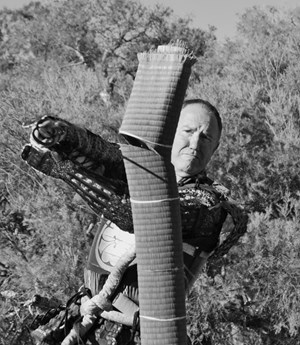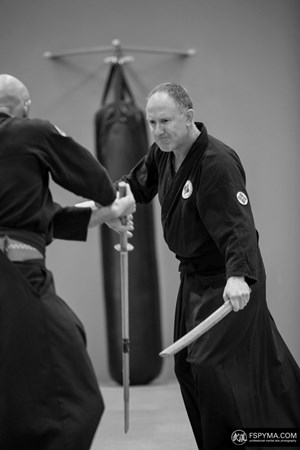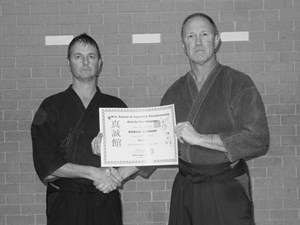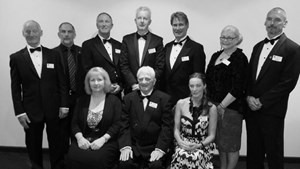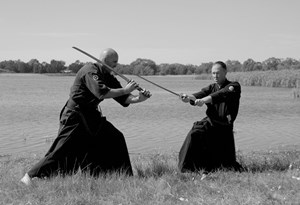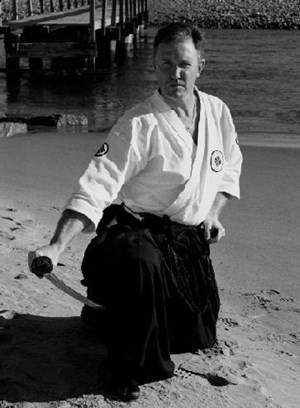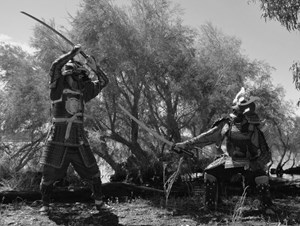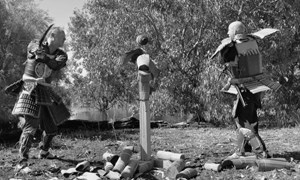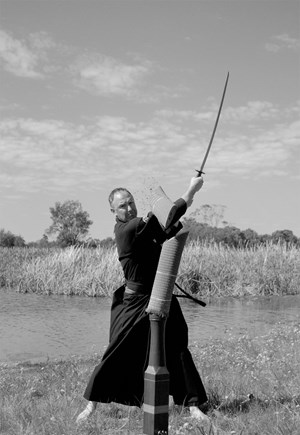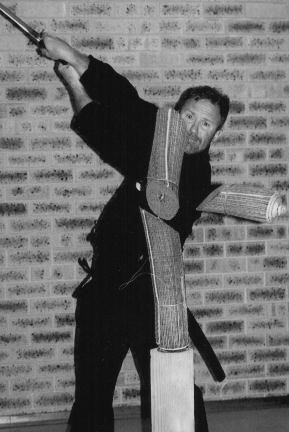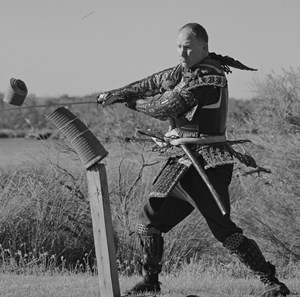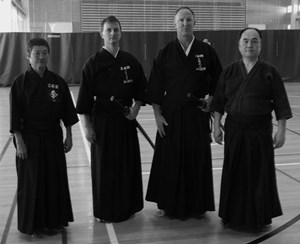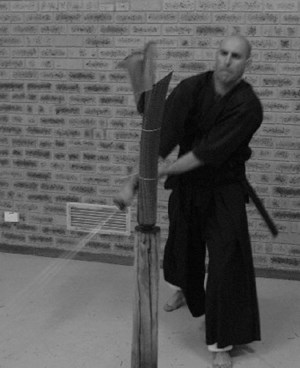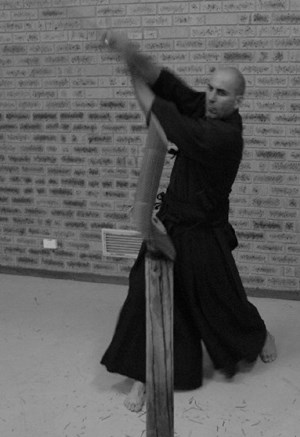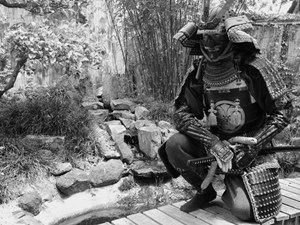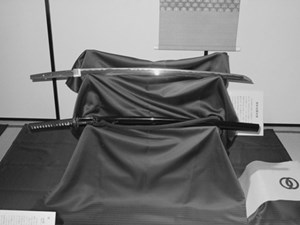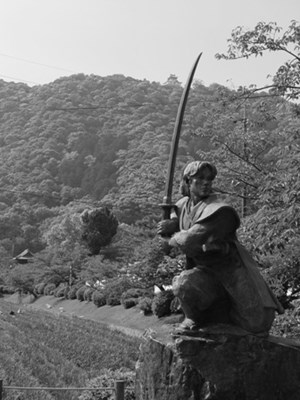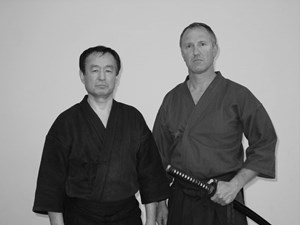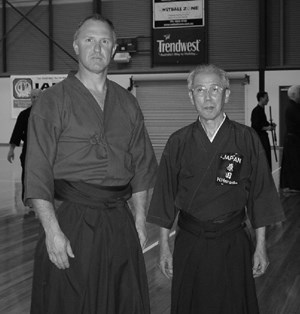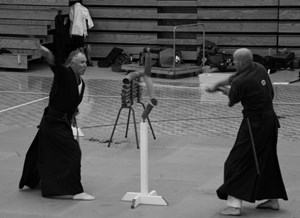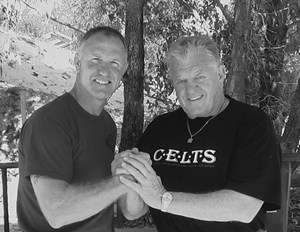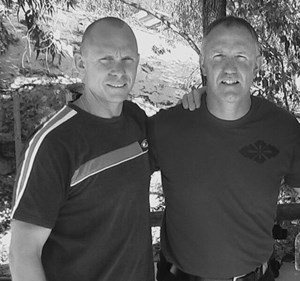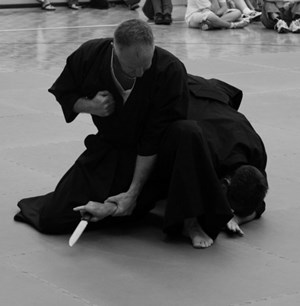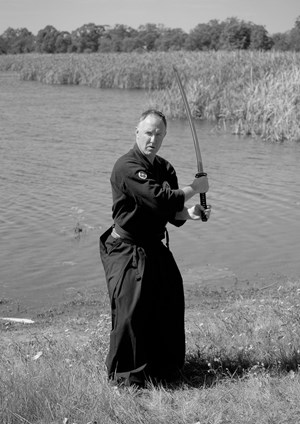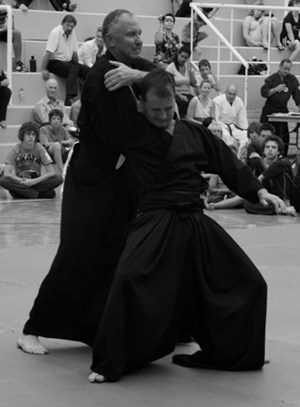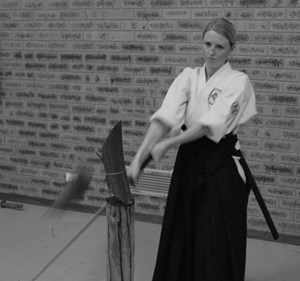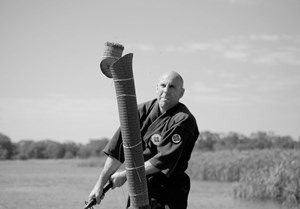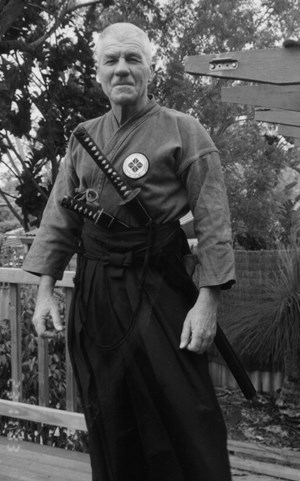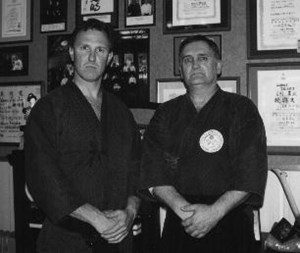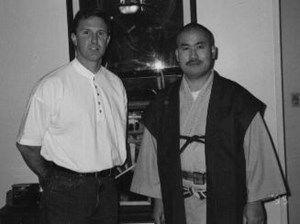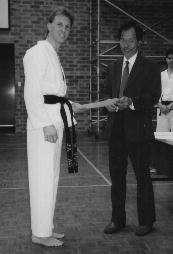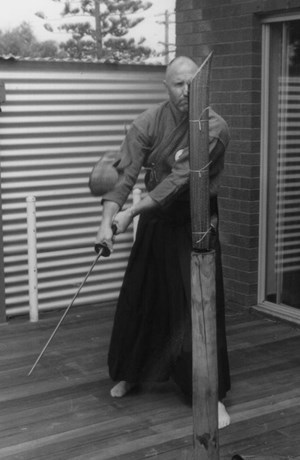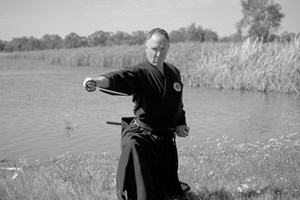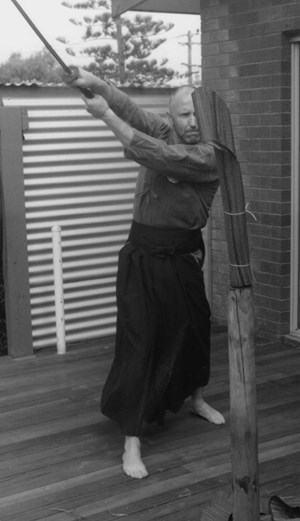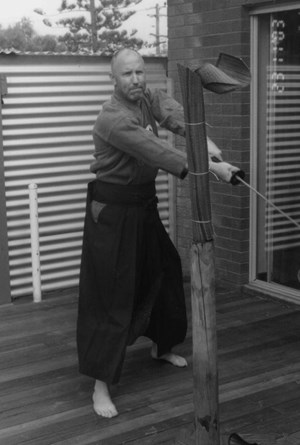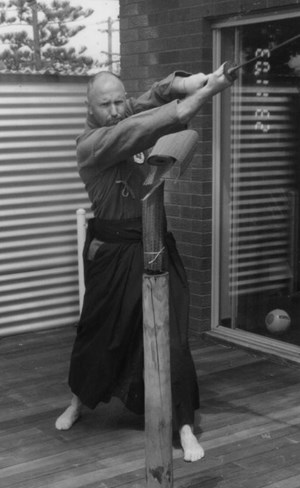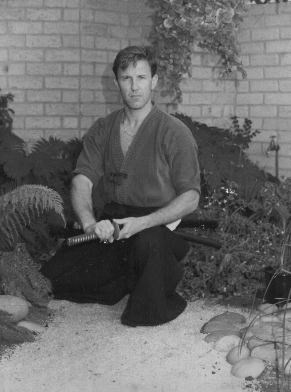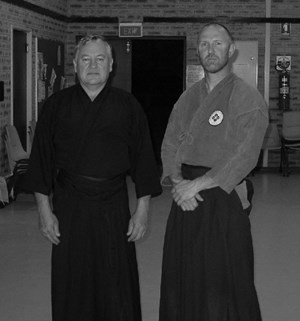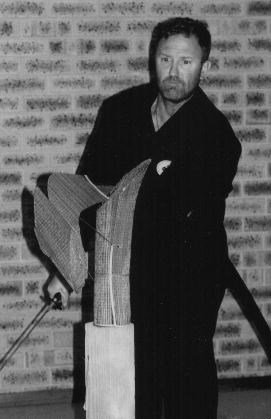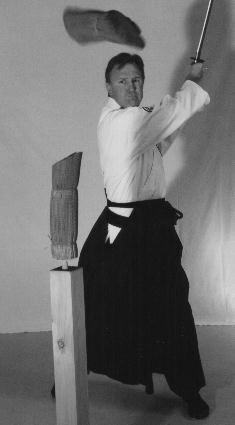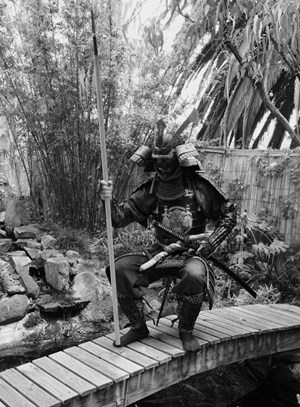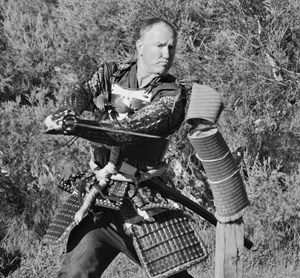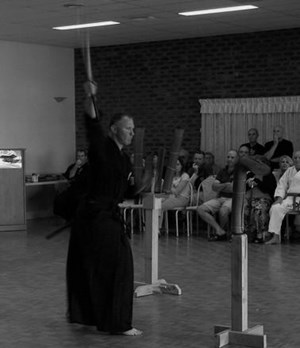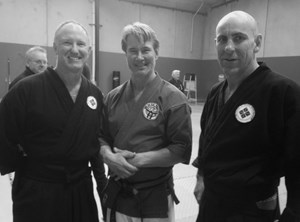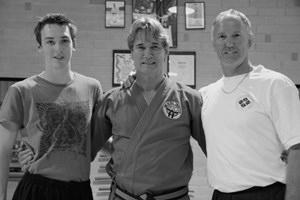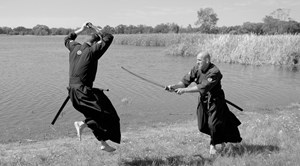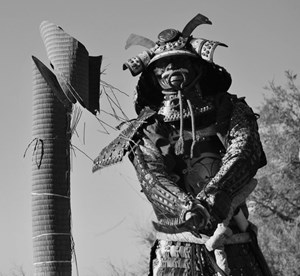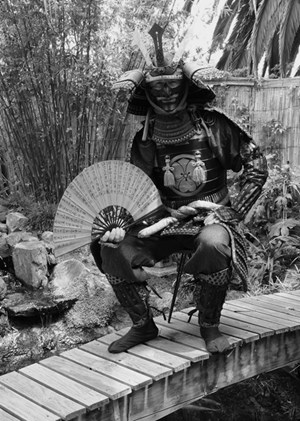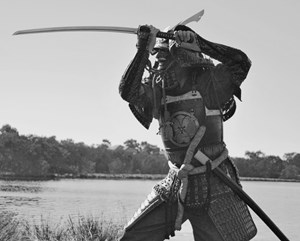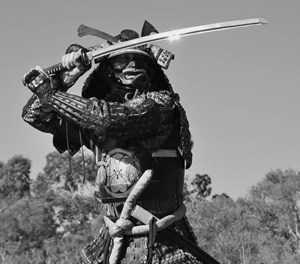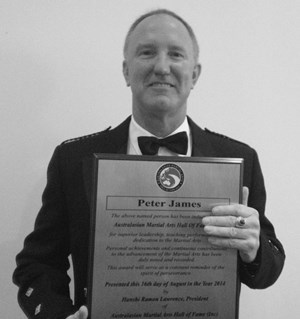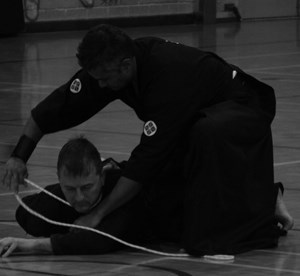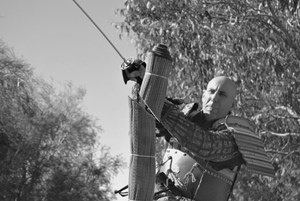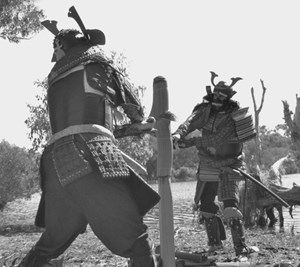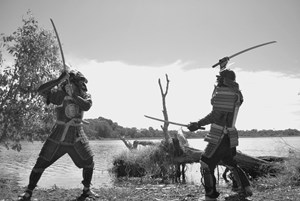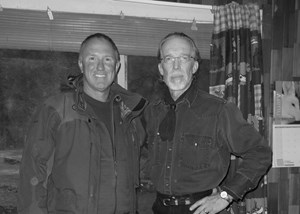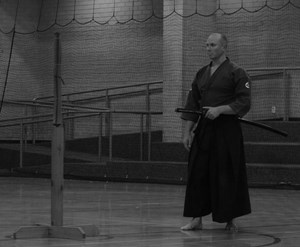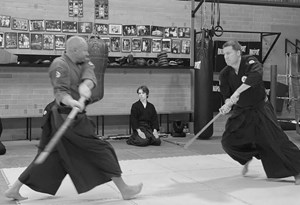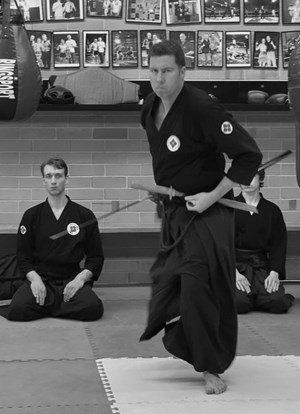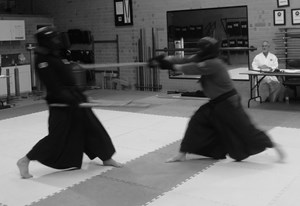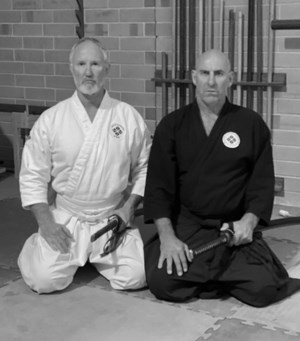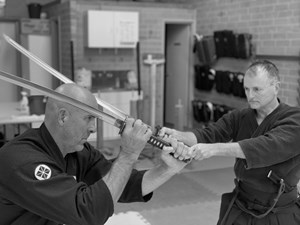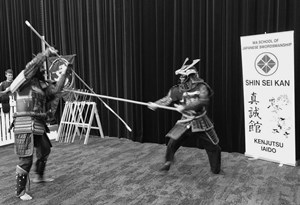Sparring
1. Objective
The objective of this procedure is to ensure the safe
participation by club members in any sparring events as directed
and part of training.
2. Scope
The policy applies to any sparring, as defined, by members of the
WA School of Japanese Swordsmanship in the Dojo or during any
public demonstration of the schools techniques.
3. Specific requirements
3.1 Purpose of Sparring
Members of the WASJS undertake varieties of sparring in order to apply their technical training in a dynamic environment. Learning static techniques seldom enables a student to apply said techniques when an opponent is interacting with them, that is moving in an unpredictable way and trying to strike them as opposed to being static or performing a predetermined move. Sparring is never used at WASJS for competition or in a competitive environment. The sole purpose is to enhance teaching and learning through the application of techniques in a 'fight' environment. All techniques used during sparring should be 'pulled', that is stopped prior to hitting the target or at a maximum robbed of speed and power prior to striking any part of the body. This translates to a form of 'light' sparring where some form of non injurious contact can be made with the opponent for the purpose of teaching and learning. Within the frameworks of this guide it is expected no one should sustain any injury under these conditions.
3.2 Planning
- Students may only participate in sparring when specifically nominated and approved by the Chief Instructor of the club.
- Sparring will only be conducted by the club when specifically organised by the Chief Instructor.
- All sparring will be overseen by a current Instructor of the club.
- Sparring participants must be graded by the WA School of Japanese Swordsmanship to Kakyu or higher and have trained continuously at the club for a minimum of 12 months.
- Personal Protective Equipment (PPE) for sparring must be approved by the Chief Instructor prior to use.
- PPE will be inspected by a black belt for condition prior to every sparring event.
- The following PPE is mandatory for sparring;
-
- Suitable hand and wrist protection
- Head and face protection
- Approved sparring weapon
- Only sparring weapons inspected and approved by the Chief Instructor of the club can be used for sparring. Sparring weapons must be designed specifically for the purpose.
- Sparring can only be conducted whilst a person with Senior First Aid Certification (St John Ambulance or equivalent) is in attendance for the entire period of any sparring exercise
3.3 Sparring
3.3.1 In the Training Hall
- All sparring will be approached with the view that safety is the number one value. The safety of yourself and the person participating in the exercise with you, whilst undertaking this type of training, must be foremost in the students mind.
- All sparring is undertaken by choice by students, there is no pressure for any student to participate in sparring if they choose not to, regardless of their future or past involvement.
- Students on any medication or substance (legal or illegal), that may impede their ability to train safely, will not be allowed to participate in class let alone the sparring component of training.
- Only students over the age of Eighteen (18) can participate in sparring.
- Students must be fully dressed in the PPE prior to commencing sparring.
- Regardless of the speed of the sparring, no attack what-so-ever should be delivered at full force. All sparring is 'non or light contact' except in areas where there will be no contact. The purpose of the sparring is to allow students to apply techniques that have learned in the class in a dynamic, chaotic environment. They, therefore, must be allowed to do this safely and without fear of injury.
- The thrust or Tsuki techniques are never to be used during sparring with Shinai, their use, without power, can be practised if Realistic Sparring Weapons are used:
- Certain areas of the body are never to be directly targeted during sparring:
-
- Head, face or neck
- Groin
- Any student that demonstrates unsafe use of the sparring weapon as judged by the supervising instructor, will be immediately stopped from sparring and under go additional training prior to engaging in future sparring.
- Instructors who are observed by the Chief Instructor of ignoring a safety hazard will be counselled by the Chief Instructor with a view to ensuring continued safety for all concerned.
- The Instructor will ensure the sparring surface is dry and not slippery prior to any sparring practise.
3.3.2 In Public
- In addition to the above, the following will be observed.
- Demonstration in public will not be undertaken with out an investigation into the public liability responsibility for the club at any nominated venue. The Chief Instructor solely will make the decision to continue with the demonstration on this basis.
- Club members will not demonstrate sparring in public, as a representative of the WA School of Japanese Swordsmanship until they have achieved the rank of Shodan as issued by the WA School of Japanese Swordsmanship and only then with the express permission of the Chief Instructor.
- PPE or weapons will never be left unattended in public areas for any reason.
- All PPE and weapons to be used in public will be checked for suitability and condition by at least two Shodan ranked club representatives prior to use.
- A suitable surface for safe sparring must be provided.
- Any public demonstration will be terminated immediately if there is any breech of this safety policy.
In Summary
- Minimum PPE requirements must be met before sparring occurs.
- Minimum weapon requirements must be met before sparring occurs.
- A student may refuse to spar without giving reason.
- A Student is forbidden to spar if under the influence of drugs or alcohol.
- On the cry of "Yame" or stop all activities will cease.
- No activity will continue after 'Yame' has been called until an Instructor calls "Hasume"
- All strikes will be pulled.
- Thrusting with some weapons is not allowed - confirm prior to starting.
- Strikes to the head, neck or groin are forbidden, light contact to other areas is acceptable.
3.4 Completion of Sparring
At the completion of sparring, all equipment will be checked, cleaned and stored.
4. Should an Incident Occur
As sparring is only undertaken when an instructor with First Aid Training is present, it will be that instructors responsibility to manage the incident and make any decisions pertaining to the medical treatment etc.
5. General
All students and instructors have a duty of care responsibility to follow these instructions and maintain a safe sparring environment for themselves, fellow students, visitors and the public.
6. Safety Analysis
The above procedures were designed to control the following hazards.
- Injury from accidental power strike from a weapon.
- Injury to people in the proximity of a person sparring.
- Damage of equipment or property within the environment of a person sparring.
- Damage to equipment used in the performance sparring.
It is not safe to assume that because you are trained in kenjutsu, and the sparring WASJS undertakes, that people and things around you are safe without first investigating the circumstances and taking action to ensure that it is, in fact, safe.
7. Procedure for breech of policy
In general, if the Chief Instructor personally observes or is
told of a breech of safety that, in his judgement (that is was a
malicious or intentional act) endangers the safety of the student
or other people during sparring (or any other activity within the
school), a student will be asked to leave the school immediately
and asked not to return.
The following applies to the continuation of a similar event.
7.1 First Offence
Student will be counselled and retrained prior to returning to the activity.
7.2 Second Offence
Student will be reprimanded, counselled, and may be suspended from training then retrained, observed by the Chief Instructor as having learned the correct procedure, prior to returning to the activity.
7.3 Third Offence
Student will be asked to leave the school never to return.
